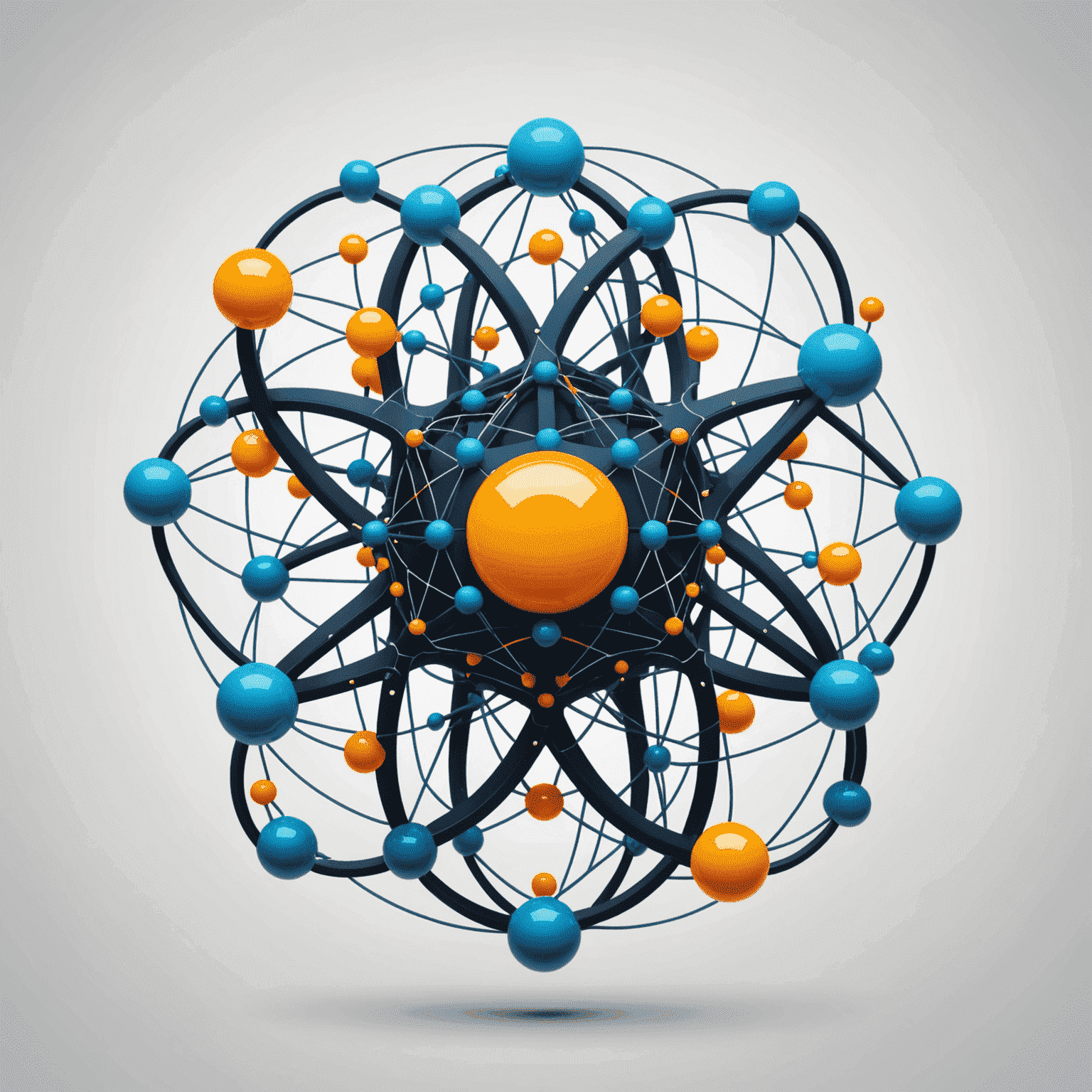Neural Network Architectures
Embark on a journey through the fascinating world of neural network structures. In this exploration, we'll delve into various architectures that form the backbone of modern artificial intelligence, including feedforward, convolutional, and recurrent networks.
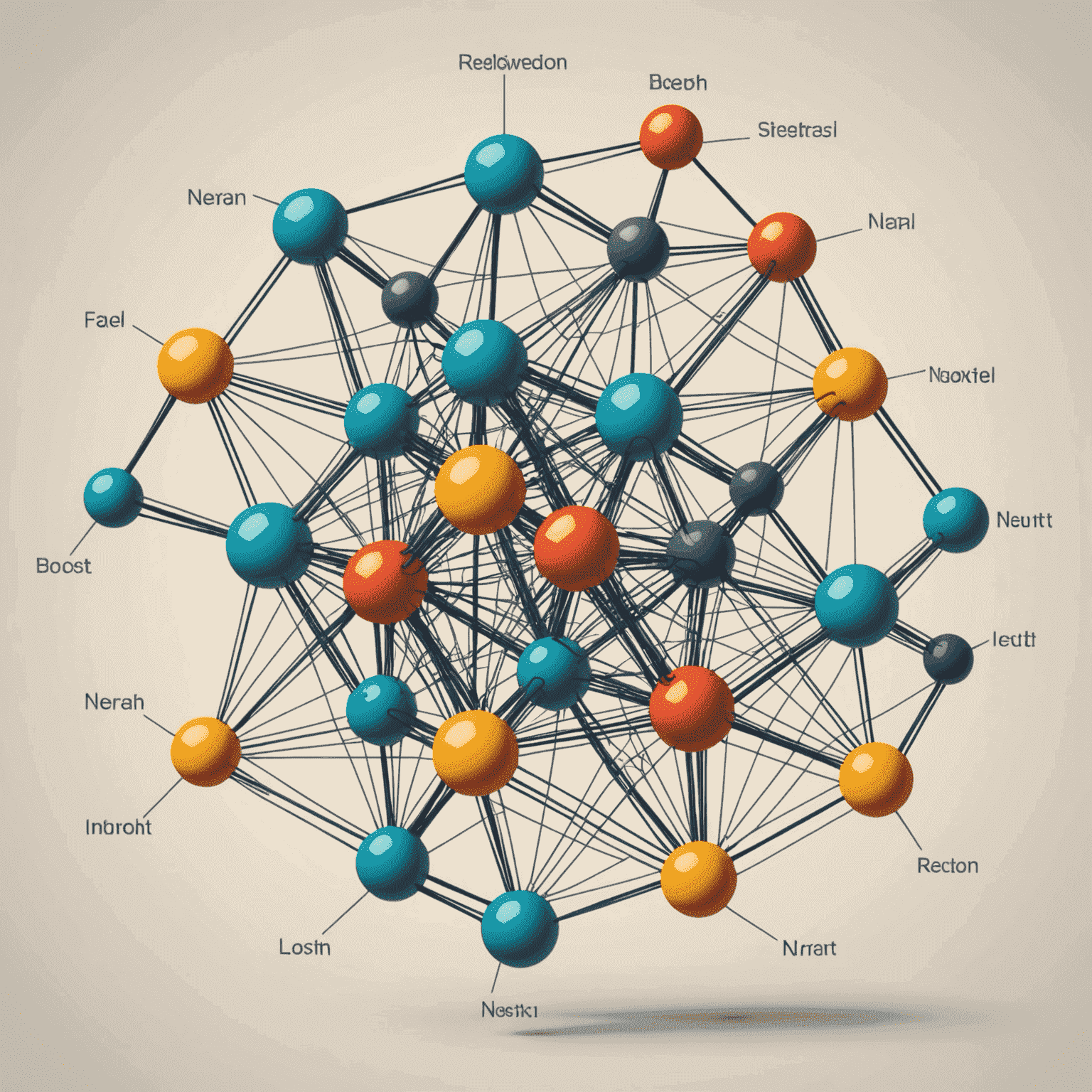
Feedforward Networks
The foundation of deep learning, these networks process information in one direction, from input to output, making them ideal for pattern recognition and classification tasks.
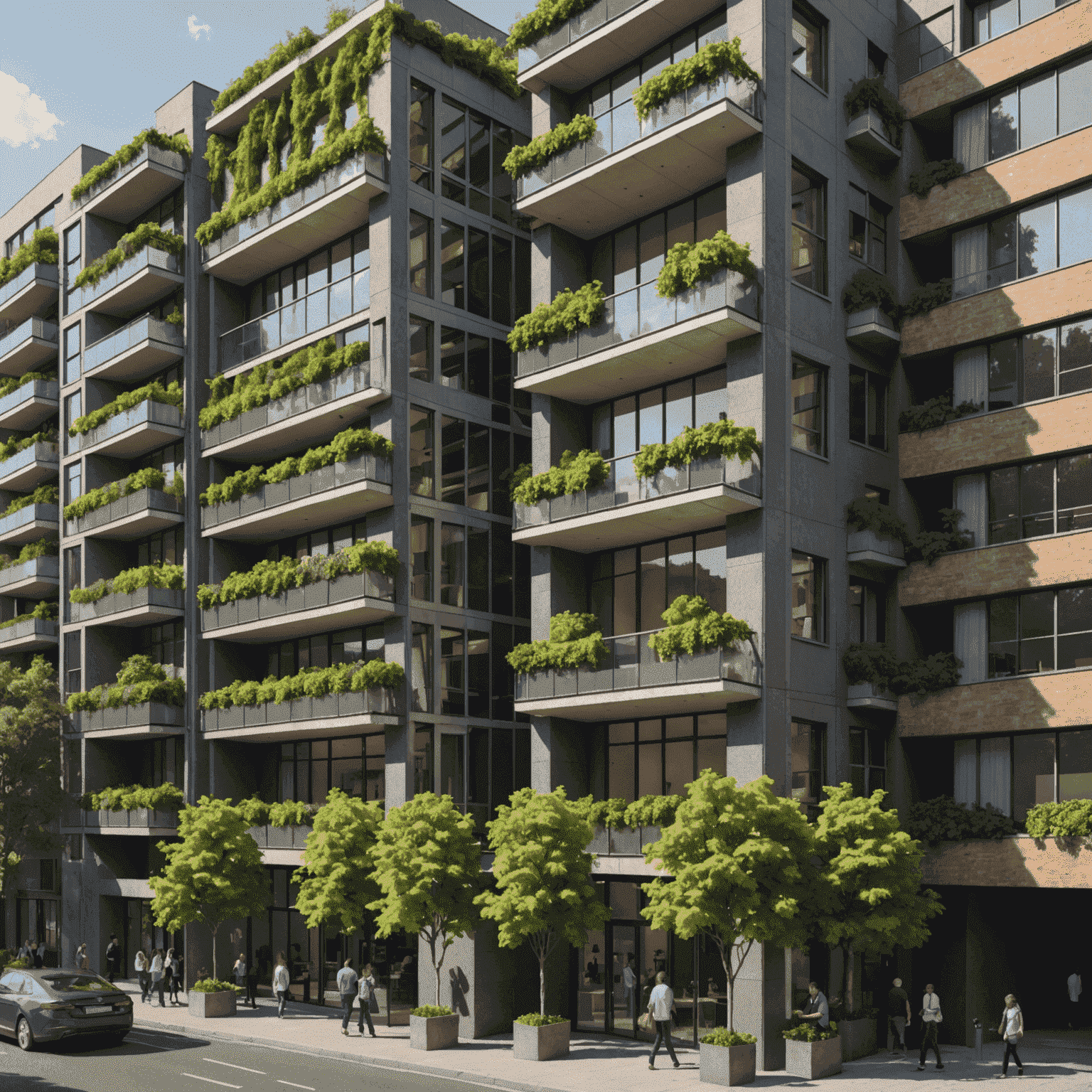
Convolutional Networks
Specialized for processing grid-like data such as images, CNNs use convolutional layers to automatically learn spatial hierarchies of features.
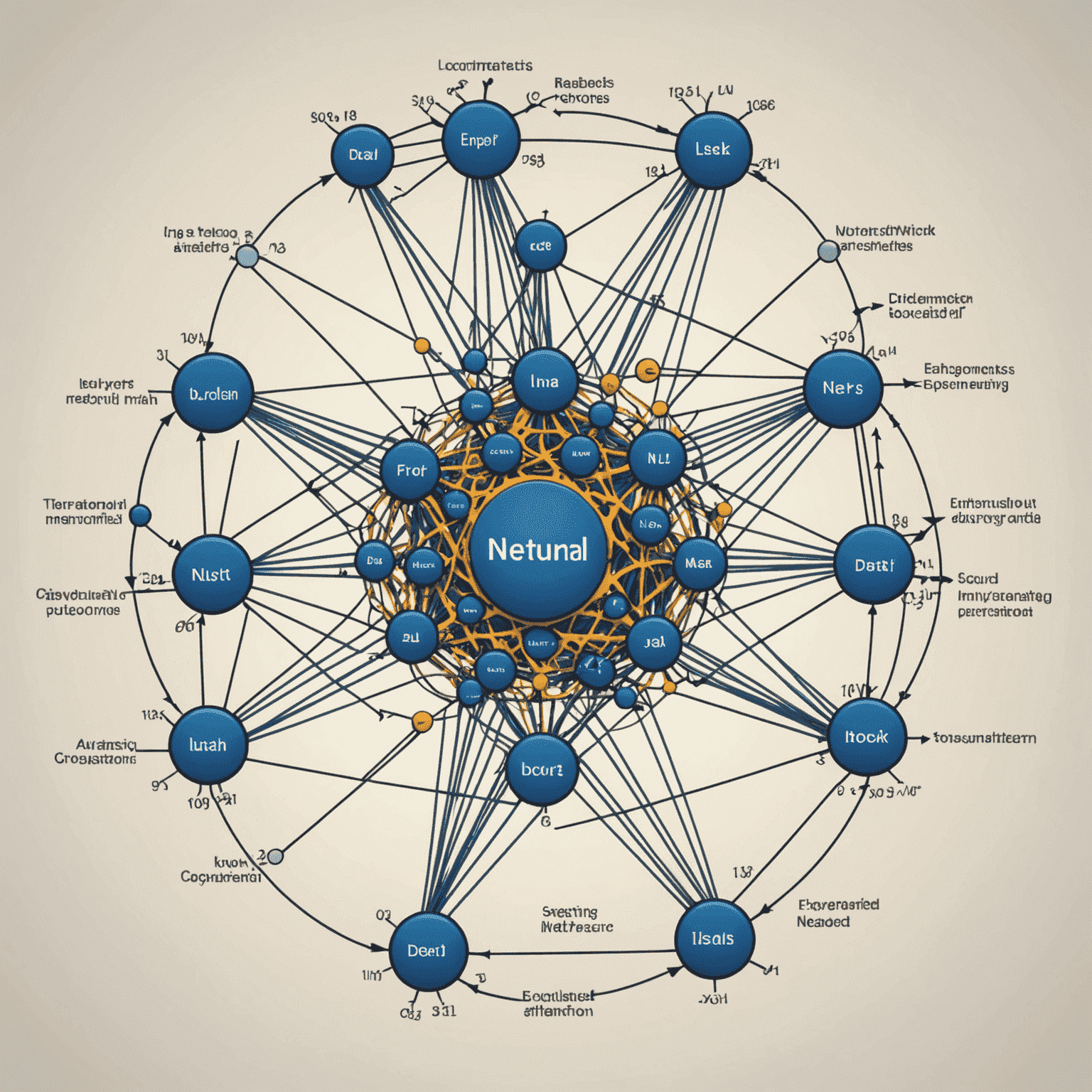
Recurrent Networks
Designed to work with sequence data, RNNs maintain an internal state to process sequences of inputs, making them powerful for tasks like natural language processing and time series analysis.
Comparing Network Architectures
Each neural network architecture has its strengths and ideal use cases:
- Feedforward Networks: Excellent for straightforward classification and regression tasks.
- Convolutional Networks: Unparalleled in image and video processing, pattern recognition in visual data.
- Recurrent Networks: Superior for sequential data, time series forecasting, and language modeling.
Understanding these architectures is crucial for selecting the right model for your artificial intelligence and machine learning projects.
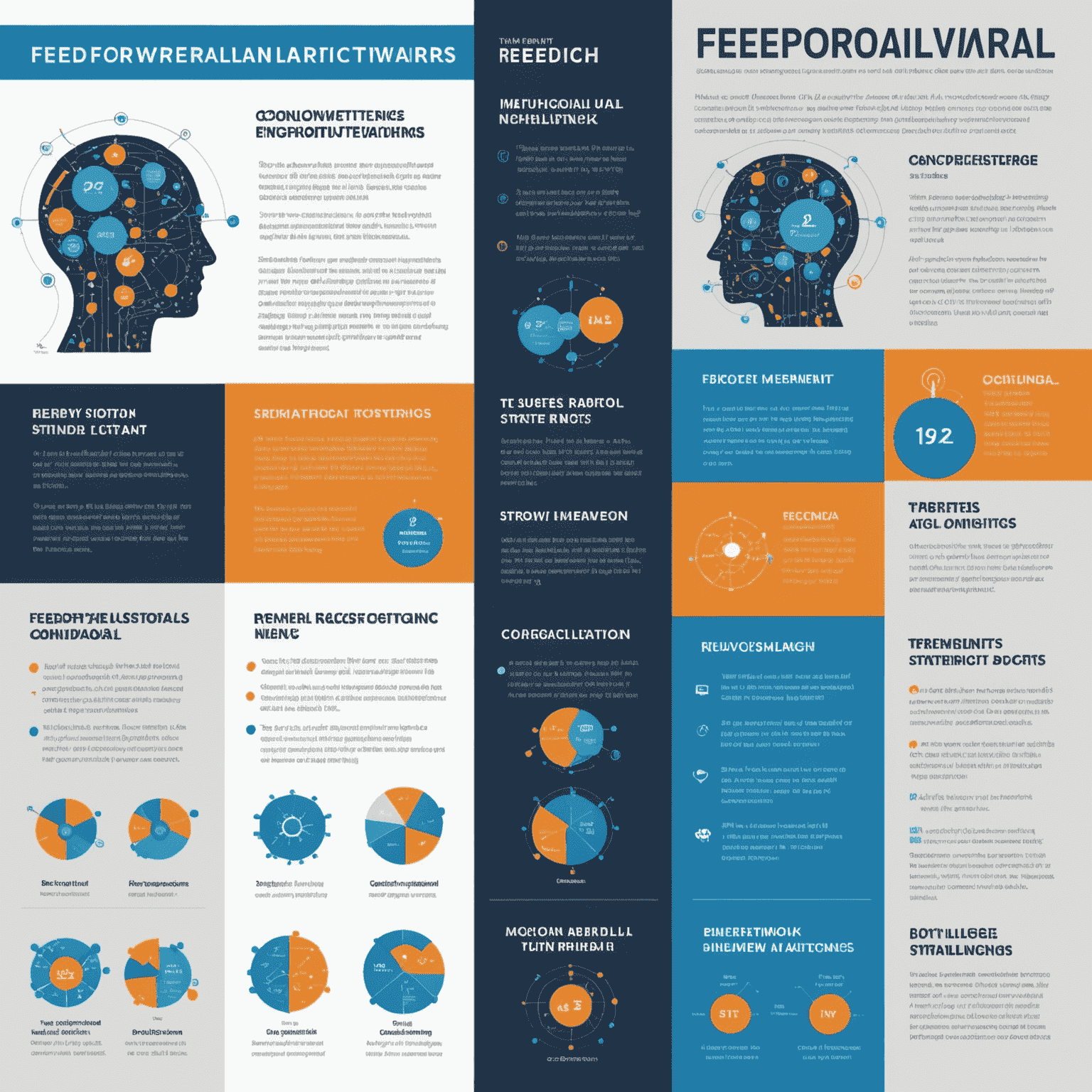
Advanced Architectures and Future Trends
As the field of deep learning evolves, new architectures continue to emerge:
- Transformer Networks: Revolutionizing natural language processing and beyond.
- Graph Neural Networks: Ideal for analyzing graph-structured data in social networks and molecular structures.
- Generative Adversarial Networks (GANs): Pushing the boundaries of creative AI and synthetic data generation.
Staying updated with these advancements is key to mastering artificial neural networks and applying them effectively in your AI projects.
Ready to Dive Deeper?
Explore our comprehensive course modules to gain hands-on experience with these neural network architectures. From building your first feedforward network to implementing cutting-edge transformers, our AI course online provides the knowledge and skills you need to excel in the world of artificial intelligence and machine learning.
